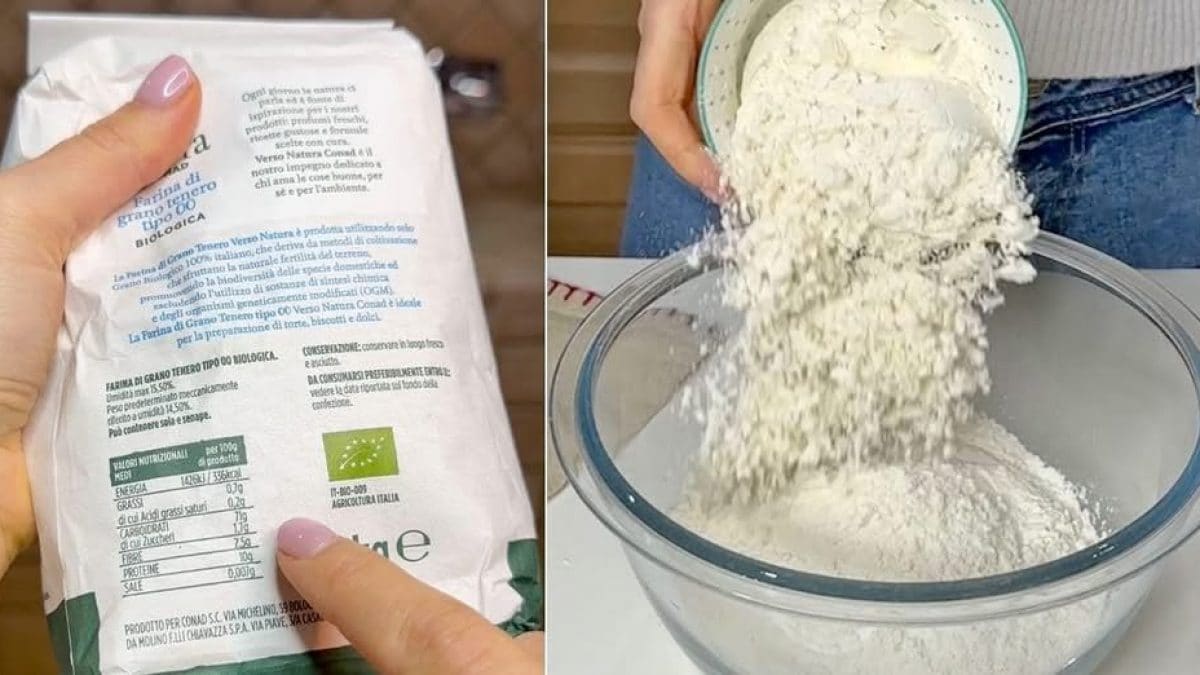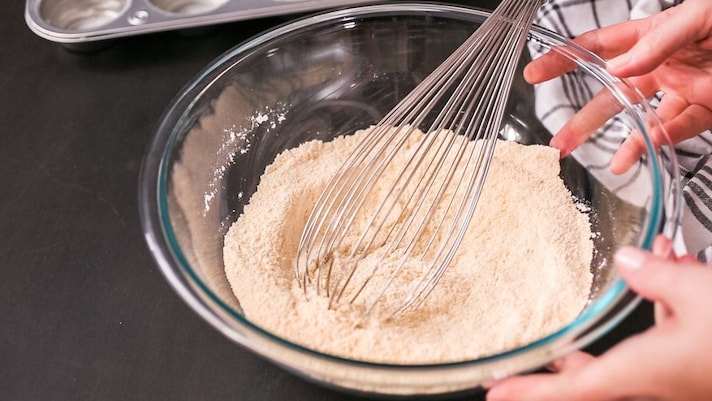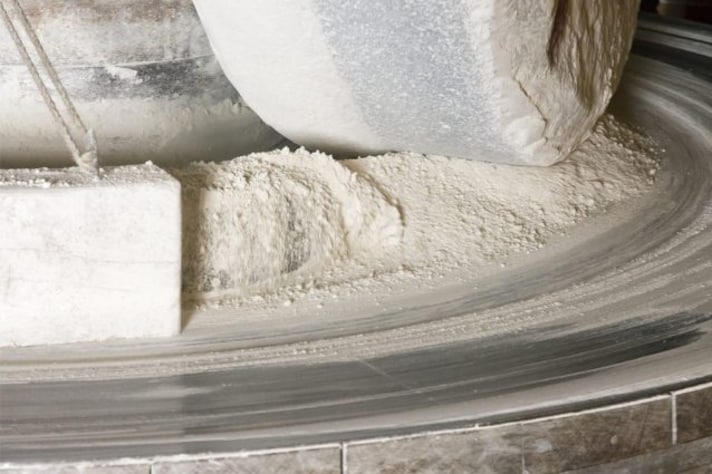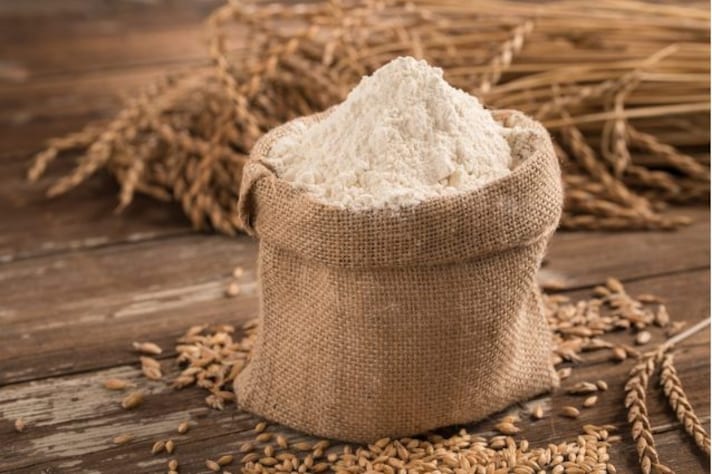

Flour is an ingredient that is never missing from the pantry, because it is widely used in the preparation of desserts, pasta, bread and homemade pizza. How do you distinguish a good quality flour from one of lesser quality? There are many elements to take into consideration and the final result depends on their combination: obviously, it is essential to have a quality grain at the base, but it is not the only aspect to take into consideration, since the entire supply chain contributes to marketing a high-quality product. Organic cultivation, stone milling and the right level of humidity, for example, can make the difference: let's look at them in detail.
Wheat's Origins: Varieties and Cultivation
The quality of flour cannot be separated from that of its raw material, that is, wheat, soft or hard. Quality products often come from crops that follow organic farming practices, where limitations on the use of pesticides and chemical fertilizers must be respected by law. Organic grains, in fact, are not only more respectful of the environment, but also tend to keep their nutritional and organoleptic properties more intact, offering a more authentic flavor and a more complete nutritional profile: among these, ancient varieties frequently appear, such as Senatore Cappelli, the most renowned Italian cultivar of triticum durum, synonymous with excellent dry pasta.
Flour Processing: Stone Milling
The grinding method is another aspect that can help in choosing the flour. Stone grinding, compared to the modern industrial grinding called “cylinder”, is a traditional processing method now developed with technologically advanced materials, which allows to better preserve the nutrients of the wheat grain, including vitamins, mineral salts and fibers, with a final product that is less refined, therefore rich, digestible and less likely to cause inflammation to those who suffer from gluten sensitivity. Obtaining a very fine 00 flour is impossible, as the bran and germ are not completely eliminated, therefore you will have wholemeal flour, 1, 2, 0 and semolina.

Label: Beware of Humidity
Artisan flours can be a preferential choice when it comes to quality, while choosing industrial flours at the supermarket can be confusing: the ingredients on the label are not a litmus test like for other packaged foods, since improvers or additives are not mandatory to indicate in this context. The advice is to focus on the nutritional table and the technical sheet (available online), where important details such as strength , stability, absorption and other parameters that affect performance in different intended uses are specified. A figure to always take into consideration is the humidity rate, because it affects the good development of the gluten mesh and shelf life: if it is higher than 15.5% there is a greater possibility of mold proliferation inside the package, significantly reducing the duration of a product that, on the other hand, tends not to expire if stored correctly.
Organoleptic Characteristics: Aroma and Color
Fresh, good-quality flour has a delicate, slightly sweet smell, while aged flour or flour that has been stored improperly may have acidic, stale bread -like scents . The color varies depending on the type of flour: in general, it ranges from ivory white to light brown, with wholemeal flours being darker than refined flours. You should know: according to European regulations, flours cannot be bleached with synthetic substances or chemical treatments, but only naturally, something that is still permitted, for example, in the United States or India, where benzoyl peroxide is used, which is widely used to treat acne or whiten teeth.

Quality Certifications: Organic and Traceability
In the U.S., several certifications ensure the quality, organic nature, and traceability of flours. The USDA Organic seal is the most recognized, certifying that the flour is produced without synthetic pesticides, fertilizers, GMOs, or chemical processing agents. The Non-GMO Project Verified label guarantees that the grains used are non-genetically modified, while the Food Alliance Certification emphasizes sustainable farming practices, including soil health and water conservation, often with traceability. The Certified Naturally Grown program provides a grassroots alternative to USDA Organic, ensuring organic methods with less bureaucracy. Additionally, the Whole Grain Council Stamp signifies significant whole grain content and supports traceability, and Fair Trade Certified flours ensure ethical sourcing and environmental sustainability. These labels help consumers identify high-quality flours that align with eco-conscious and health-focused values.
;Resize,width=767;)
